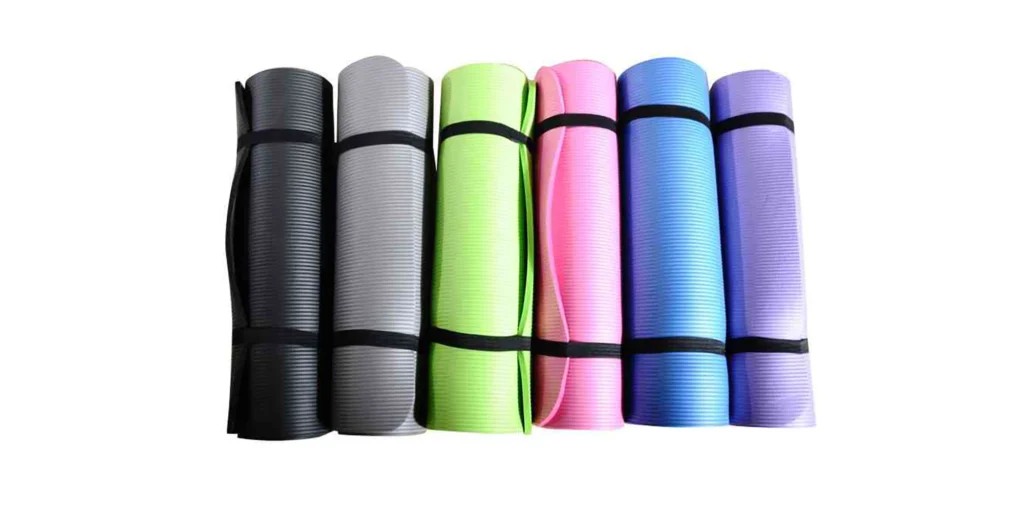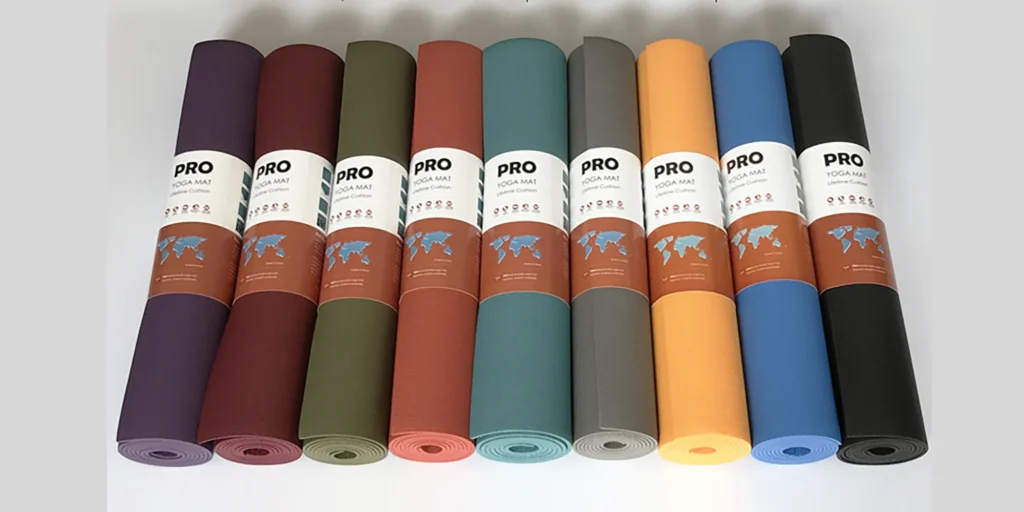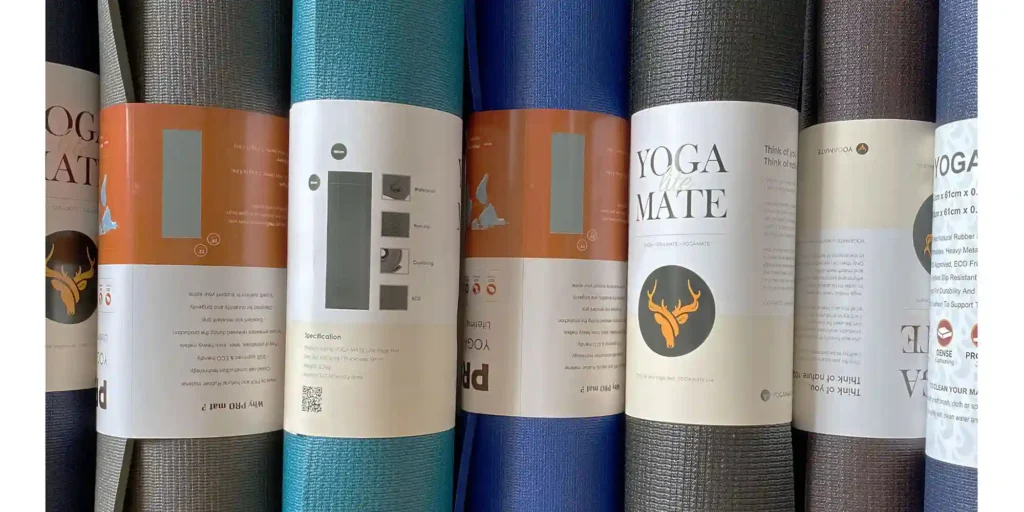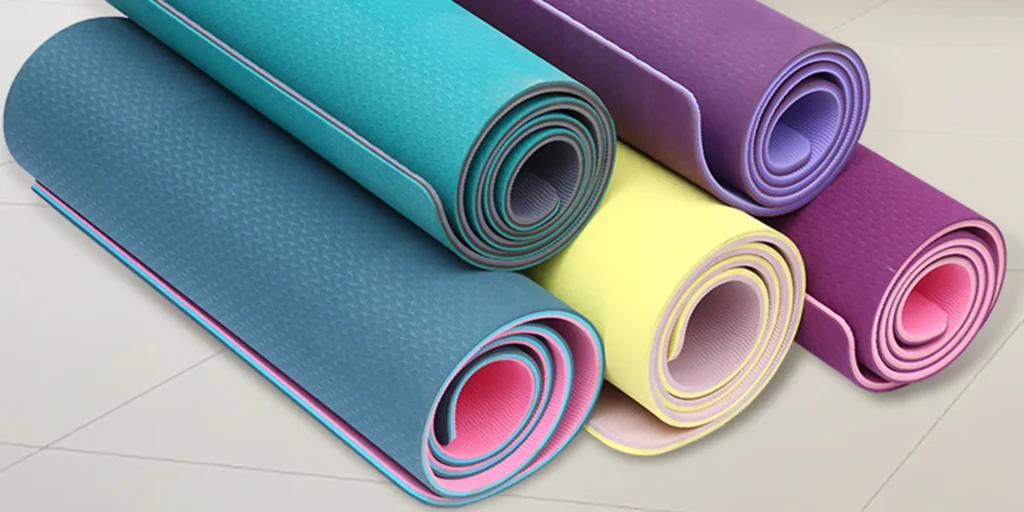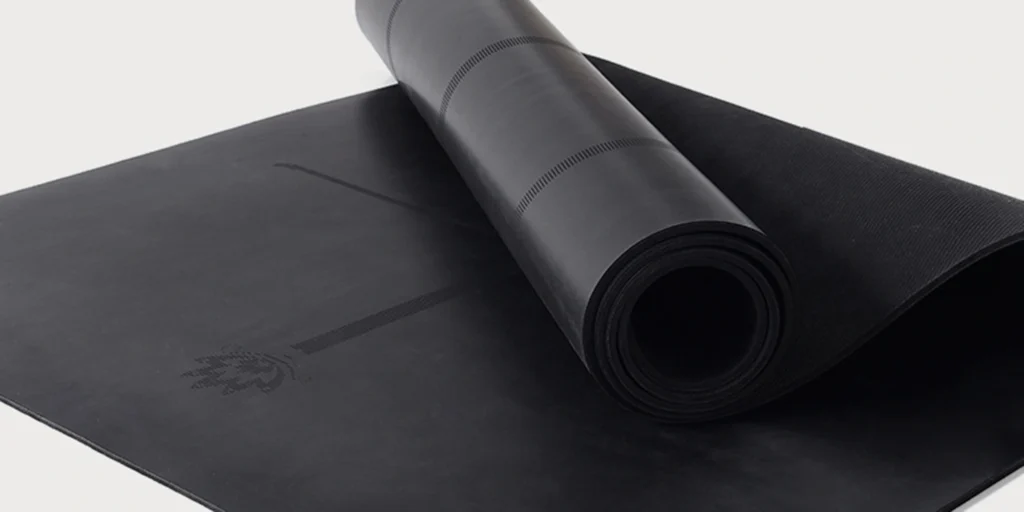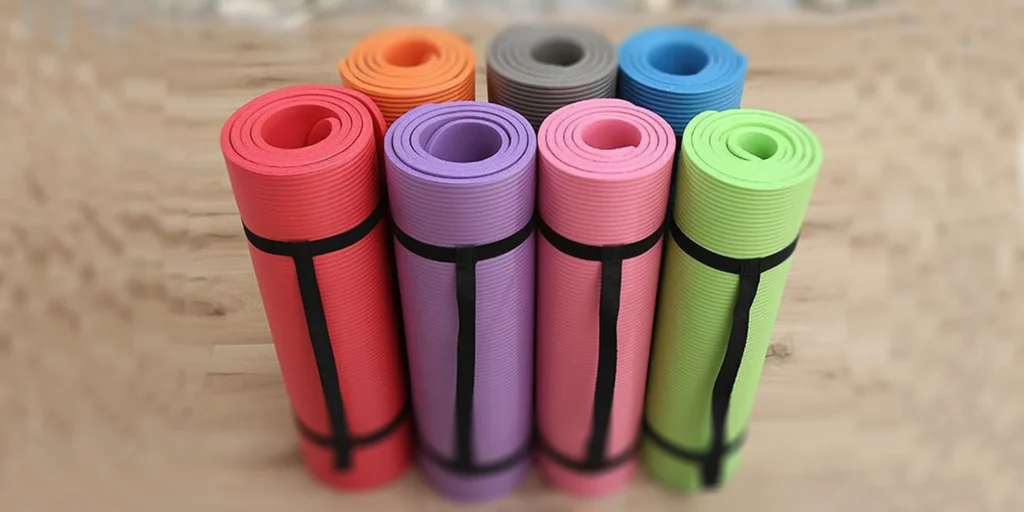When it comes to yoga, the right mat can make all the difference in your practice. Whether you’re a beginner or a seasoned yogi, choosing a mat that provides comfort, stability, and durability is crucial. One of the most popular choices among yoga enthusiasts is the EVA foam mat. In this article, we’ll explore why EVA foam is ideal for yoga, the benefits of using EVA mats, and how to choose the right EVA yoga mat for your needs.
Why EVA Foam is Ideal for Yoga Practice
Ethylene Vinyl Acetate, commonly known as EVA, is a type of foam material that has gained popularity in the fitness and sports industry for its unique properties. Here’s why EVA foam is particularly suited for yoga:
1. Exceptional Comfort
EVA foam is known for its softness and flexibility, making it incredibly comfortable to use during yoga sessions. Unlike traditional rubber or PVC mats, EVA foam has a cushioning effect that protects your joints, reducing the impact on your knees, elbows, and spine. This is especially important for poses that require prolonged pressure on specific body parts, such as the hands and knees.
2. Lightweight and Portable
One of the standout features of EVA foam is its lightweight nature. This makes it easy to carry your mat to and from yoga classes or when traveling. Despite its light weight, EVA foam does not compromise on durability, offering a long-lasting solution for your yoga practice.
3. Anti-Slip Surface
Safety is paramount in yoga, and EVA foam mats excel in providing a stable, non-slip surface. Whether you’re practicing in a heated room or outdoors, the anti-slip properties of EVA foam ensure that your mat stays in place, allowing you to focus on your poses without worrying about slipping.
4. Water-Resistant and Easy to Clean
EVA foam is also water-resistant, which means it won’t absorb sweat or moisture during your practice. This not only makes the mat more hygienic but also easier to clean. A quick wipe-down with a damp cloth is usually all it takes to keep your EVA mat in top condition.
Benefits of Using EVA Mats for Comfort and Stability
Using an EVA foam mat offers a range of benefits that enhance both comfort and stability during your yoga practice. Here’s how:
1. Enhanced Comfort
The cushioning provided by EVA foam is unmatched, offering a soft yet supportive surface for your practice. This is particularly beneficial during meditation or when holding poses for an extended period, as the mat’s softness reduces discomfort and helps you maintain focus.
2. Increased Stability
Stability is key to performing yoga poses correctly, and EVA foam mats provide a firm yet comfortable base that supports your balance. The density of EVA foam ensures that the mat does not compress too much under weight, offering consistent support throughout your practice.
3. Versatility Across Different Practices
Whether you’re into Vinyasa, Hatha, or Yin yoga, an EVA foam mat can cater to different styles of practice. Its adaptability makes it suitable for both dynamic and static poses, providing the right balance of comfort and stability across various yoga disciplines.
4. Joint Protection
For those with joint issues or those who are prone to injuries, the shock-absorbing properties of EVA foam offer significant protection. The mat’s cushioning effect minimizes the strain on your joints, reducing the risk of injury and making your practice safer.
How to Choose the Right EVA Yoga Mat for Your Needs
Selecting the right EVA foam mat is crucial to getting the most out of your yoga practice. Here are some factors to consider when making your choice:
1. Thickness
EVA foam mats come in various thicknesses, typically ranging from 4mm to 10mm. The thickness of the mat you choose should be based on your personal comfort preferences and the type of yoga you practice. A thicker mat offers more cushioning, which is ideal for practices that involve a lot of floor work. However, a thinner mat might be better for those who prefer more stability and a closer connection to the floor.
2. Texture
The surface texture of the mat is important for grip. Some EVA foam mats have a smooth surface, while others feature a textured finish for enhanced traction. Consider the type of yoga you practice and your personal preference for grip when choosing the mat’s texture.
3. Size
Yoga mats come in different sizes, and it’s important to choose one that fits your body size and practice space. Standard mats are usually 68 inches long and 24 inches wide, but there are longer and wider options available for taller individuals or those who prefer more space.
4. Durability
EVA foam is generally durable, but the longevity of your mat will also depend on how frequently you use it and how well you care for it. Look for a mat with a high-density foam to ensure it withstands regular use without losing its shape or cushioning properties.
5. Eco-Friendliness
If sustainability is important to you, consider looking for an EVA foam mat that is eco-friendly. Some brands offer mats made from recycled EVA foam or incorporate environmentally friendly manufacturing processes. This way, you can enjoy your practice knowing that your mat has a reduced impact on the environment.
6. Price
EVA foam mats are available in a range of prices, depending on the brand, thickness, and additional features. While it’s tempting to go for the cheapest option, it’s worth investing in a higher-quality mat that will last longer and provide better support.
An EVA foam mat is an excellent choice for yogis of all levels, offering a unique combination of comfort, stability, and durability. By considering factors such as thickness, texture, size, and eco-friendliness, you can select the perfect EVA yoga mat to enhance your practice. Whether you’re practicing at home, in a studio, or on the go, an EVA foam mat will be your reliable companion on your yoga journey.
FAQ Section
1. What is an EVA foam mat?
An EVA foam mat is a type of yoga mat made from Ethylene Vinyl Acetate (EVA), a durable and flexible material known for its cushioning and lightweight properties, making it ideal for yoga practices.
2. How does an EVA foam mat improve yoga practice?
EVA foam mats enhance yoga practice by providing excellent comfort, stability, and joint protection. The cushioning effect reduces impact on the body, while the anti-slip surface ensures stability during poses.
3. Is an EVA foam mat suitable for beginners?
Yes, EVA foam mats are highly recommended for beginners due to their comfort and stability. The softness of the foam helps reduce discomfort, allowing new practitioners to focus on learning poses.
4. How do I clean and maintain an EVA foam mat?
To clean an EVA foam mat, simply wipe it down with a damp cloth after each use. The material is water-resistant, so it doesn’t absorb moisture, making it easy to maintain and keep hygienic.
5. What should I consider when choosing an EVA yoga mat?
When selecting an EVA yoga mat, consider factors like thickness, texture, size, durability, and eco-friendliness. Choose a mat that fits your comfort needs and the type of yoga you practice.
#YogaMat #EVAFoamMat #YogaJourney #YogaComfort #MindfulPractice #YogaLife #YogaBenefits #MatComfort #HealthyLiving #YogaTips
WELLE Trade has over 20 years of experience in the production and processing of PE/EVA/TPE foams, so you may want to consult with them if you have any sourcing needs.

